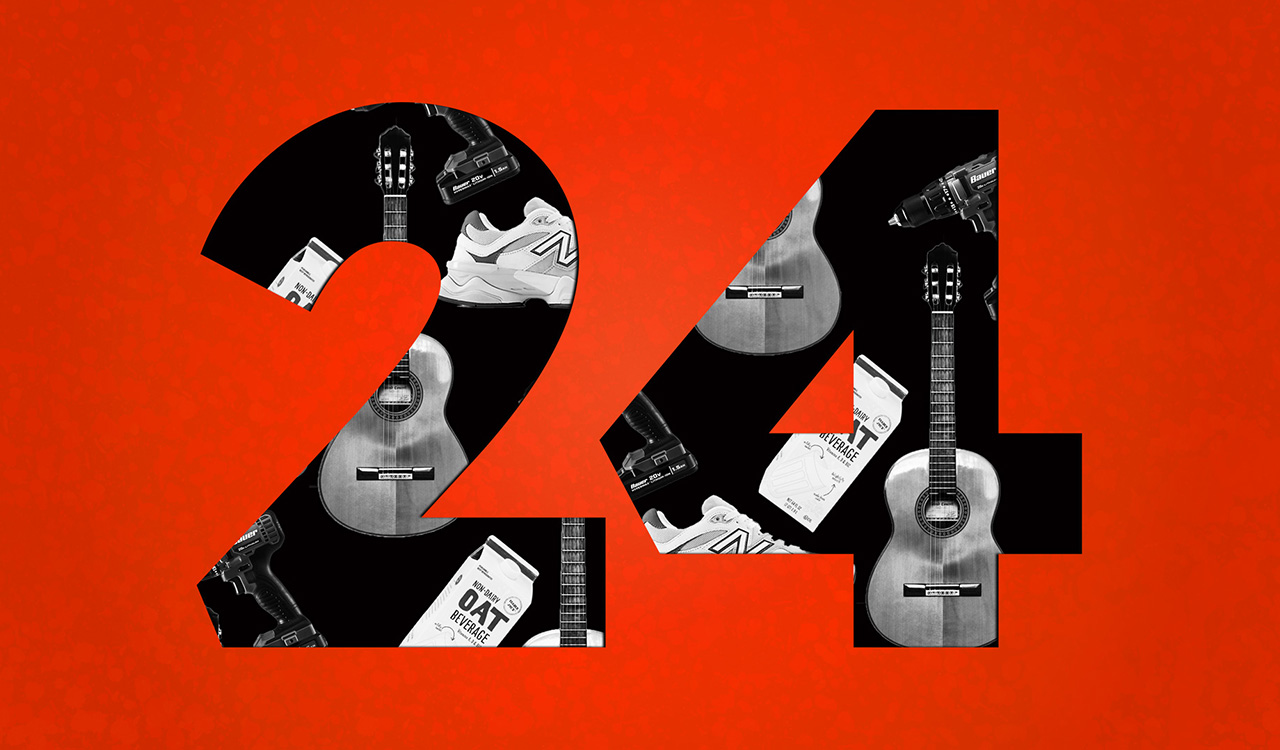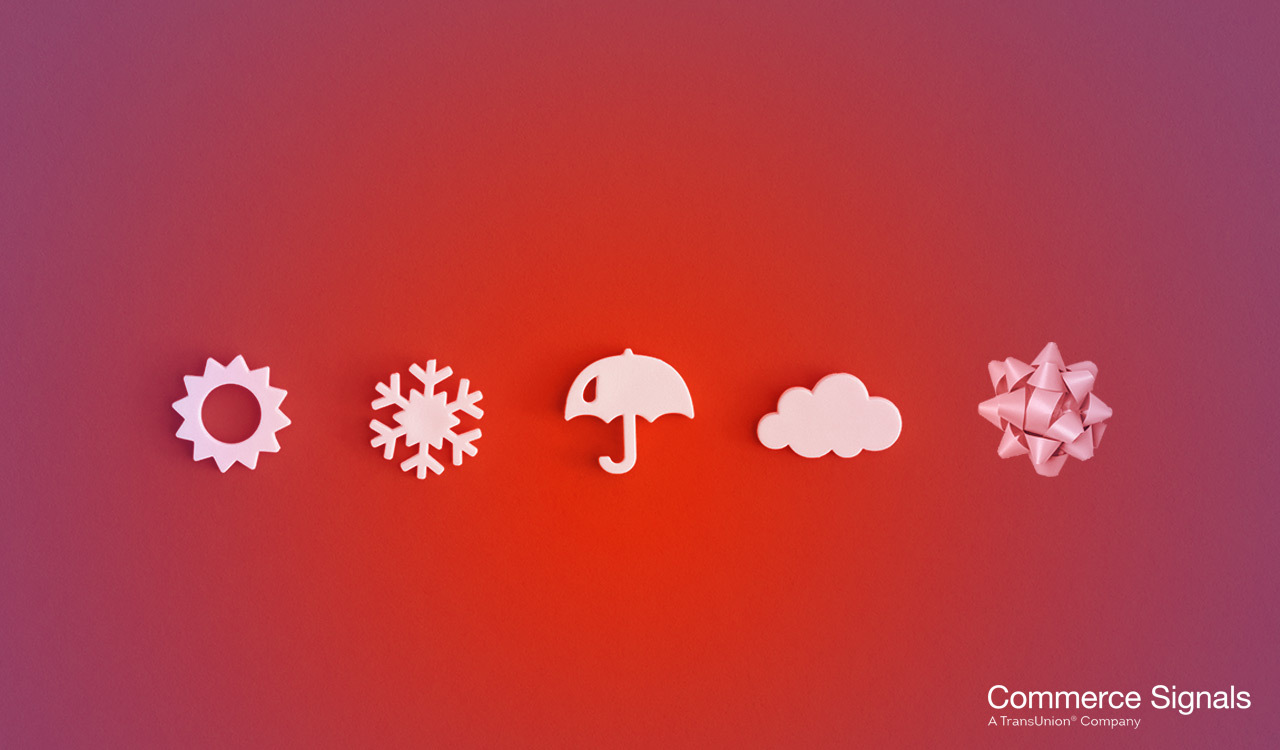As the ecommerce market becomes competitive, a growing number of retailers are rethinking their approach to pricing to differentiate themselves, fuel online growth and protect their companies from the chronic temptation to engage in price wars. Savvy, leading retailers use pricing insights to gain agility, profitability and a competitive advantage.
[callout]Who could have predicted the meteoric growth of TikTok whose user penetration surged from 17 percent to 31 percent year-over-year? A platform that was rarely known in 2019 has emerged as a digital essential for retailers and brands seeking to connect with the large, lucrative cohorts of next-gen consumers.[/callout]
Competitive Ecommerce Arenas
The Covid-19 pandemic led to an explosive rise in online traffic from a wide range of ecommerce sites as consumers sought products ranging from affordable essential goods to luxurious indulgences. Retailers’ sites, brands’ direct-to-consumer sites, online marketplaces, search engines, last-mile delivery sites and social media platforms increasingly promote consumer goods – and irresistible prices.
Powerful digital players set the trends. For instance, who could have predicted the meteoric growth of TikTok whose user penetration surged from 17 percent to 31 percent year-over-year? A platform that was rarely known in 2019 has emerged as a digital essential for retailers and brands seeking to connect with the large, lucrative cohorts of next-gen consumers.
As online consumption evolves and more online arenas pop up, retailers have more sites to factor into their business strategies to stay on top of pricing trends. Trying to do it all on their own can spread retailers’ internal resources too thin. Now more than ever, retailers realize they need new ways to evaluate and prioritize diverse ecommerce platforms to reach their desired audience and earn their business with desirable pricing strategies.
Online Shopping Gets Crowded
Over the past year, investing in ecommerce and a robust digital presence has helped retailers of all sizes protect their businesses from external threats like government-mandated lockdowns and shuttered shops. Estimates show U.S. ecommerce sales increased 32.4 percent in 2020, whereas brick-and-mortar sales fell 3.2 percent. Similarly, in Canada, record ecommerce gains sharply contrasted with record declines in total retail sales, which forced retailers to embrace of ecommerce platforms to stay connected to consumers.
Retailers face increasing competition from other retailers, direct-to-consumer brands of all sizes and even social media platforms. As ecommerce grows more crowded, more retailers may consider resorting to aggressive pricing tactics to stand out and secure online sales. Although consumers appreciate affordable prices, a race to the bottom is unsustainable by eroding profit margins and inhibiting long-term retail success. As such, many online sellers use sophisticated resources like dynamic pricing and repricer tools to set pricing rules to compete online with desirable prices.
But retailers need new ways to constantly keep an eye on their rivals and align their pricing tactics accordingly. Flexibility and responsiveness help retailers to effectively adapt to consumers’ evolving needs, including the prices they will pay.
Transforming Consumers into Enthusiastic Fans
Over the past decade, retail power has shifted from retailers to consumers as the internet and smartphone technology have boomed. The exponential growth in online information sharing by companies means consumers have gained transparency with regard to product pricing across channels.
In addition, the crowd of online shoppers is getting bigger and savvier. This year, more than 2.14 billion global consumers are expected to shop online, up from 1.66 billion in 2016. Increasingly informed and empowered, consumers are more discerning with the products they buy online and the prices they pay.
Armed with online price comparison resources, consumers have grown in sophistication. Their resources range from sites like Consumer Reports’ online analysis to mobile shopping apps like ShopSavvy to Amazon price watcher CamelCamelCamel. These tools help consumers to efficiently discover the best deals or wait for a specific product’s price to drop before they buy.
Pricing Strategies
Retailers seeking to stay competitive in the era ofCOVID-19 should offer discounts across all channels. Traditional retail practices, including pricing tactics, may no longer translate well online in a way that promotes engagement and conversions. That’s because consumer loyalty has shifted over the past year, as 56 percent of consumers have tried a new retailer during the pandemic.
In response, retailers can take steps to earn consumer loyalty with the right prices if they stay in tune with what online shoppers expect. Retailers’ pricing strategies need a refresh, as economic factors have shifted, and the pandemic has influenced consumer behavior across socioeconomic levels.
Consider these recent findings on how pricing influences consumption trends:
- 70 percent of surveyed consumers said finding a discount or offer on an item is more important today than it was one year ago.
- 54 percent said better online deals and discounts are a top driver to get them to shop with a specific retailer.
- 54 percent of shoppers will purchase products left in shopping carts if those products are offered at a lower price.
- 42 percent of consumers would pay a premium for locally produced goods and 29 percent would pay a premium for brands that contribute to the community.
In more encouraging news for retailers, this year consumers who earn an annual income of more than $75,000 per year are 67 percent more likely to increase their spending in all of the following categories: groceries, takeout, travel, electronics, home and garden, home improvement, clothing, accessories, technology, and home goods in 2021. Greater demand can command higher prices.
These results show that while certain consumers demonstrate more pronounced price sensitivity, others show an exuberant willingness to pay a premium and spend across multiple retail categories. The findings also show how retailers’ pricing strategies can drive consumer loyalty and sales by turning an initial no into a resounding yes.
Pricing Insights
Every day, an astounding 50 million price changes take place online. Today’s fierce online rivalry means retailers can no longer afford to guess at price points or repeat the same pricing tactics they used before the pandemic. Now retailers need to stay competitive and up to date by basing their pricing decisions on data-driven recommendations, like a pricing coaching service.
That’s why more leading retailers have built pricing insights into their 2021 business strategies. Data insights give retailers greater market visibility and certainty about their next steps. These insights coach retailers on specific actions to take so retailers know exactly how to win.
The reality is that 50 million price changes occur online every day. We at DataWeave help retailers with timely, accurate metrics helps to keep decision-makers informed and prepared to take action to protect their online influence and growth. Paying close attention to rivals’ price points helps retailers benchmark and evaluate their own performance, discover gaps and opportunities to improve, promptly adapt to market trends and anticipate rivals’ next pricing moves.
Pricing analytics can even help retailers create marketing and brand management synergies. These insights help retailers establish their desired price perception, whether their positioning is oriented toward consistently offering the best deals or delivering exceptional service that commands a premium.
Optimal Pricing
You can win the retail championship with an optimal pricing strategy. Data insights empower retailers, and they can lead to a competitive edge, as digital prowess is still rare in retail. According to Deloitte, only three in 10 retail executives rated their organizations as having mature digital capabilities, prompting many companies to plan major investments in e-commerce.
Retailers that apply data insights to optimize their pricing can drive more online revenue and profit margin by finding the sweet spot that consumers are willing to pay. Retailers win by gaining a more accurate view of the e-commerce landscape and actionable pricing insights that can boost their top line. Analytics enrich retailers’ business and marketing strategies by helping retailers discover more effective, profitable pricing decisions.
As a result, pricing insights can help retailers earn a higher ROI, easier customer acquisition, and higher customer spend rates. Optimal pricing helps retailers gain a competitive edge by winning more online sales and growing their market share.
Overall, as ecommerce rivalry heats up, more leading retailers are taking proven steps to gain more control of their pricing strategies to drive greater online profitability. Knowledge is power and data insights can give retailers market influence by seeing patterns their competitors miss. Using data insights can help retailers keep up with the new rules of the e-commerce game by staying responsive, outmaneuvering competitors and winning online consumers with compelling prices that convince them to buy.



